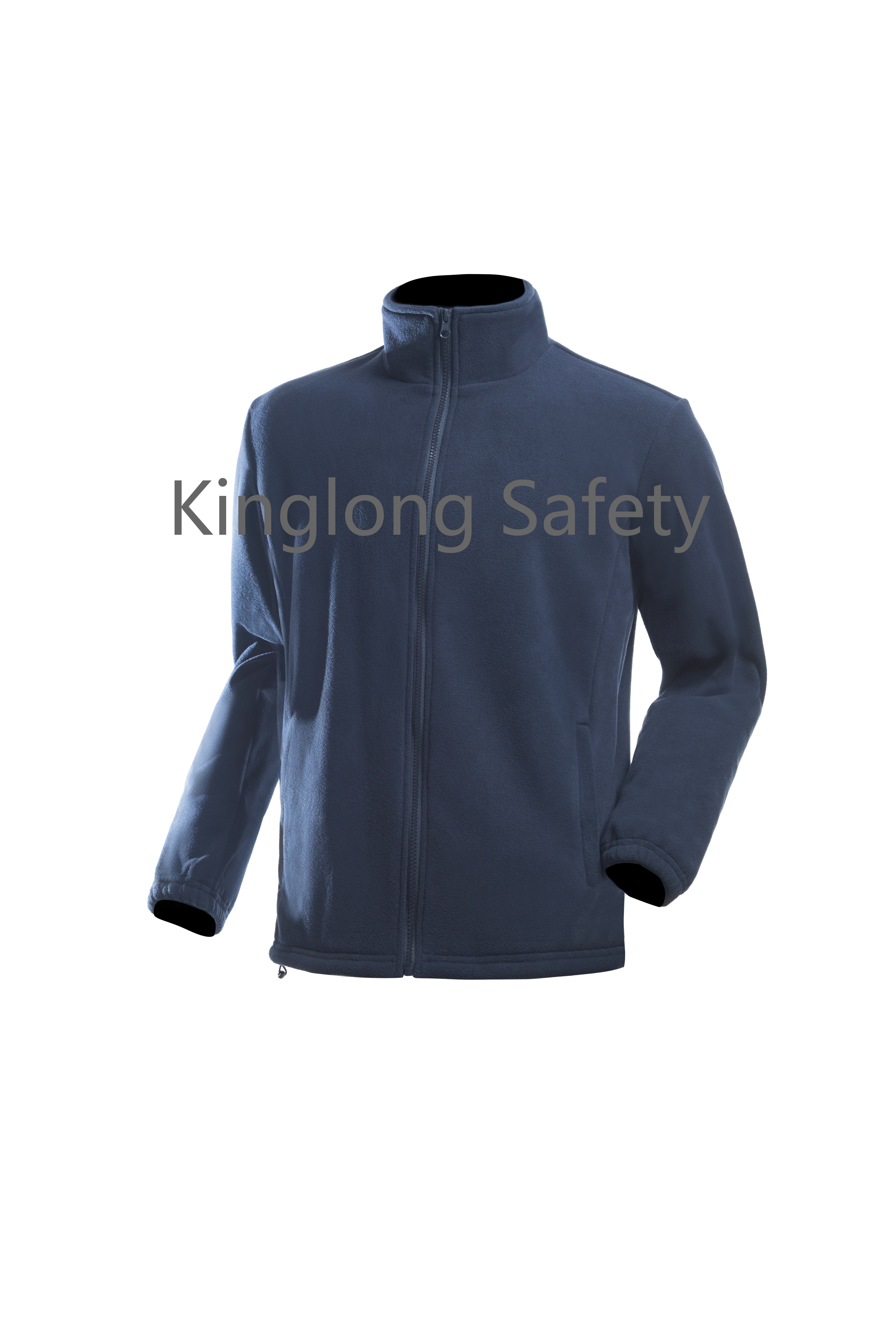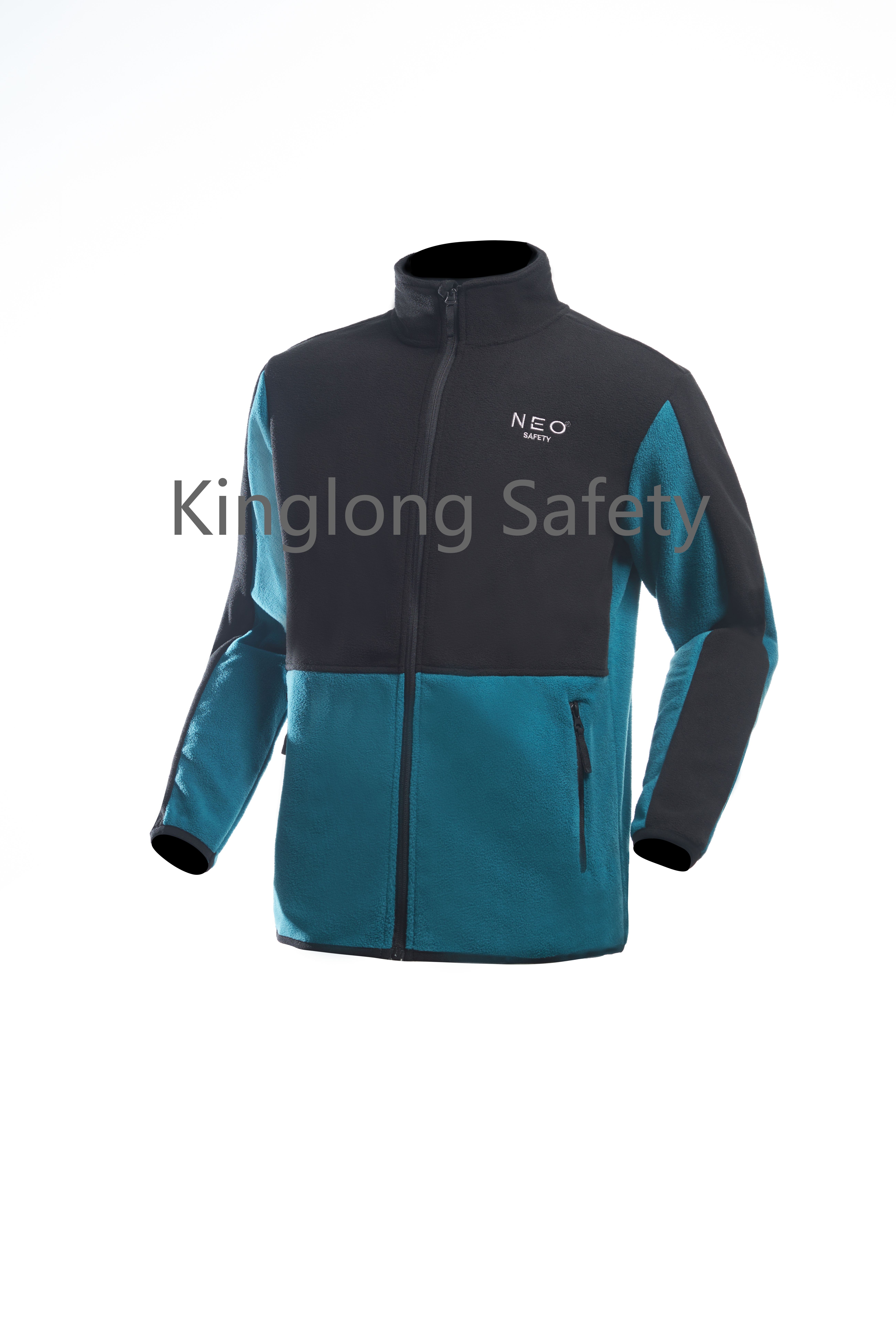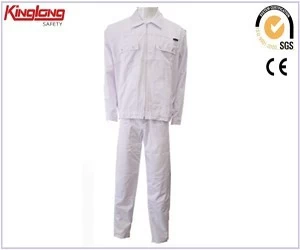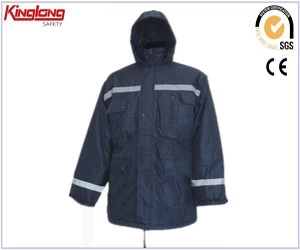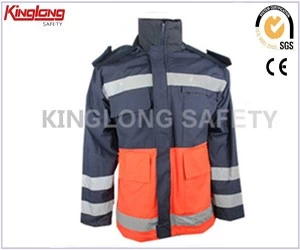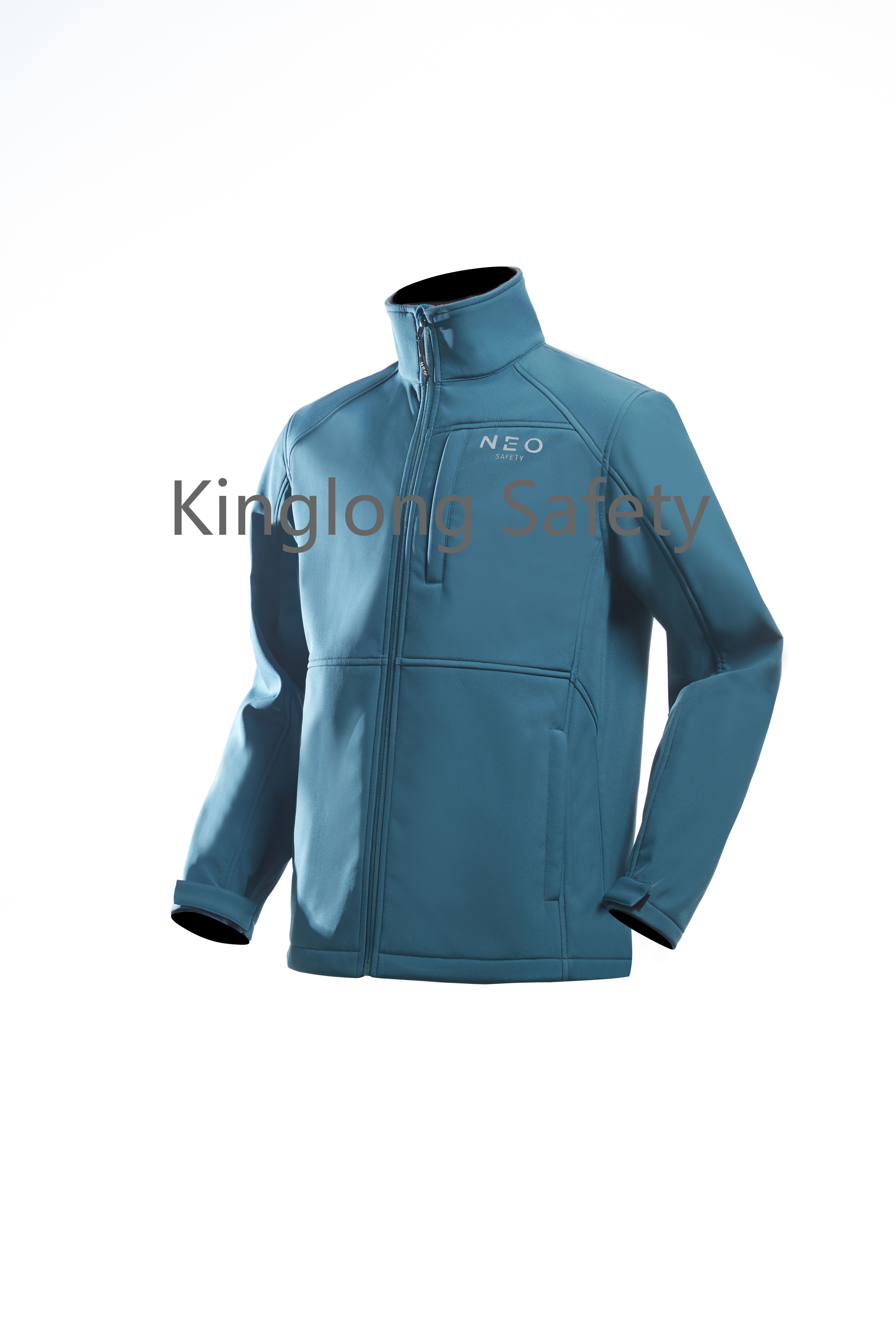The term flame retardants subsumes a diverse group of chemicals which are added to manufactured materials, such as plastics and textiles, and surface finishes and coatings. Flame retardants inhibit or delay the spread of fire by suppressing the chemical reactions in the flame or by the formation of a protective layer on the surface of a material. They may be mixed with the base material (additive flame retardants) or chemically bonded to it (reactive flame retardants). Mineral flame retardants are typically additive while organohalogen and organophosphorus compounds can be either reactive or additive.

Flame retardants manufactured for use in consumer products have been released into environments around the world. The flame retardant industry has developed a voluntary initiative to reduce emissions to the environment (VECAP)[67] by promoting best practices during the manufacturing process. Communities near electronics factories and disposal facilities, especially areas with little environmental oversight or control, develop high levels of flame retardants in air, soil, water, vegetation, and people.
 Address : 1508, BLK 5,FANHAI SOHO,WANGJIADUN,JIANGHAN DISTRICT,WUHAN, CHINA
Address : 1508, BLK 5,FANHAI SOHO,WANGJIADUN,JIANGHAN DISTRICT,WUHAN, CHINA


